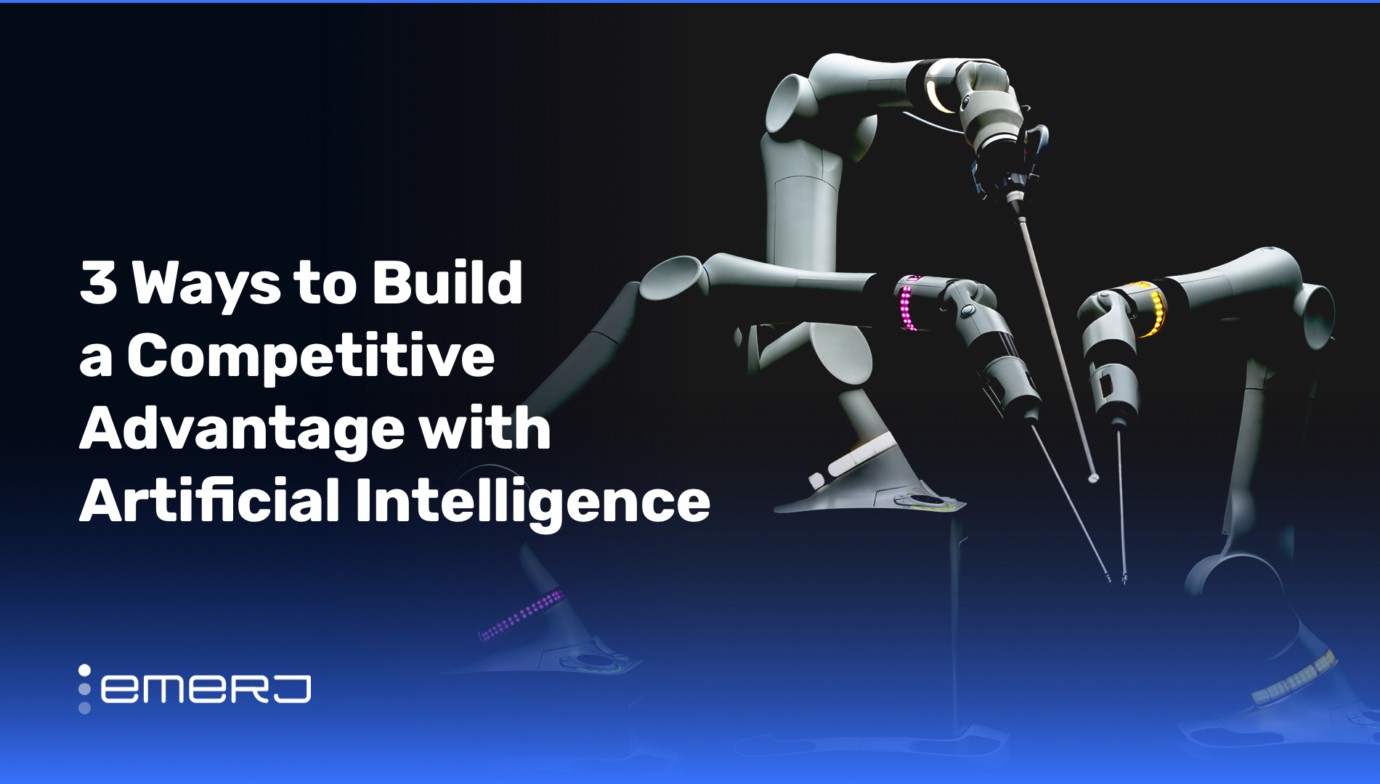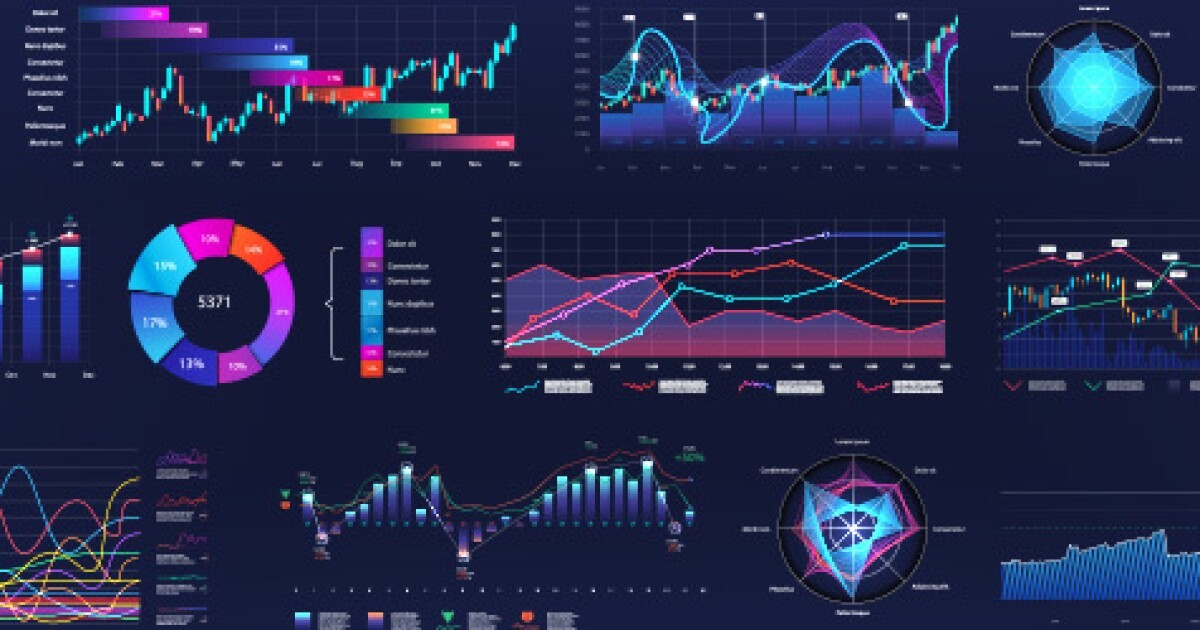Cloud computing has become an integral part of modern business operations, and in 2024, it continues to evolve with the rise of multi-cloud and serverless architectures. These advancements are enabling businesses to achieve greater flexibility, scalability, and cost-efficiency in their IT infrastructure. As organizations increasingly rely on cloud-based solutions to drive innovation and growth, the adoption of multi-cloud and serverless architectures is becoming a key strategy for staying competitive in the digital age.
Multi-cloud strategies involve using multiple cloud service providers to meet different business needs. This approach allows companies to avoid vendor lock-in, optimize costs, and enhance reliability by distributing workloads across different platforms. In 2024, more businesses are adopting multi-cloud strategies to leverage the unique strengths of various cloud providers, such as AWS, Microsoft Azure, and Google Cloud. For example, a company might use AWS for its machine learning capabilities, Microsoft Azure for its enterprise applications, and Google Cloud for its data analytics tools. By combining the best features of each platform, businesses can create a more robust and flexible IT infrastructure.
One of the key benefits of a multi-cloud strategy is improved resilience. By spreading workloads across multiple cloud providers, businesses can reduce the risk of downtime and ensure continuity in the event of a service outage. This is particularly important for mission-critical applications that require high availability. Additionally, multi-cloud strategies enable businesses to optimize costs by selecting the most cost-effective cloud provider for each workload. For example, a company might choose a low-cost provider for non-critical applications while using a premium provider for high-performance workloads.
Serverless computing, on the other hand, is revolutionizing how applications are developed and deployed. With serverless architectures, businesses can focus on writing code without worrying about managing servers or infrastructure. This not only reduces operational complexity but also enables faster development cycles and cost savings. In 2025, serverless computing is being widely adopted for applications like real-time data processing, IoT, and microservices. For example, a company might use serverless functions to process data from IoT devices in real-time, enabling faster decision-making and improved operational efficiency.
One of the key advantages of serverless computing is its pay-as-you-go pricing model. Businesses only pay for the compute resources they actually use, rather than paying for idle server capacity. This makes serverless computing a cost-effective option for applications with variable workloads. Additionally, serverless architectures automatically scale to handle changes in demand, ensuring that applications remain responsive even during peak usage periods. This is particularly beneficial for businesses that experience seasonal spikes in traffic, such as e-commerce platforms during holiday sales.
Despite its benefits, cloud computing also presents challenges. Data security and compliance remain top concerns, particularly with the increasing adoption of multi-cloud and serverless architectures. Businesses must ensure that their data is protected across different platforms and that they comply with industry regulations. For example, companies in the healthcare and financial sectors must adhere to strict data privacy regulations, such as HIPAA and GDPR. Ensuring compliance in a multi-cloud environment can be complex, requiring businesses to implement robust security measures and monitor their cloud infrastructure closely.
Another challenge is managing multiple cloud environments. With a multi-cloud strategy, businesses must deal with the complexity of integrating and managing different cloud platforms. This requires specialized skills and tools, as well as a clear understanding of the strengths and limitations of each platform. Additionally, businesses must ensure that their applications are portable across different cloud providers, avoiding vendor lock-in and maintaining flexibility.
The integration of cloud computing with other emerging technologies is also driving innovation. For example, the combination of cloud computing and artificial intelligence (AI) is enabling businesses to leverage AI-powered analytics and automation. Cloud platforms provide the scalable infrastructure needed to process large volumes of data and run complex AI algorithms, enabling businesses to gain valuable insights and improve decision-making. Additionally, the use of edge computing in conjunction with cloud computing is enabling real-time data processing and reducing latency for applications that require immediate responses, such as autonomous vehicles and industrial automation.
As we look to the future, the potential of cloud computing to transform businesses is undeniable. In 2025, cloud computing is more than just a technology trend; it is a fundamental enabler of digital transformation. As businesses continue to embrace multi-cloud and serverless architectures, we can expect to see even greater innovation and efficiency in the way IT resources are managed and utilized. From improved resilience and cost savings to faster development cycles and enhanced scalability, the benefits of cloud computing are driving its adoption across industries.
In conclusion, the future of cloud computing is bright, with multi-cloud and serverless architectures leading the way in 2025. These advancements are enabling businesses to achieve greater flexibility, scalability, and cost-efficiency, while also driving innovation and growth. However, businesses must also address the challenges associated with cloud computing, including data security, compliance, and management complexity. By doing so, they can unlock the full potential of cloud computing and stay competitive in the digital age. As we continue to explore the possibilities of cloud computing, we can expect to see even more exciting developments that will shape the future of business and technology.





